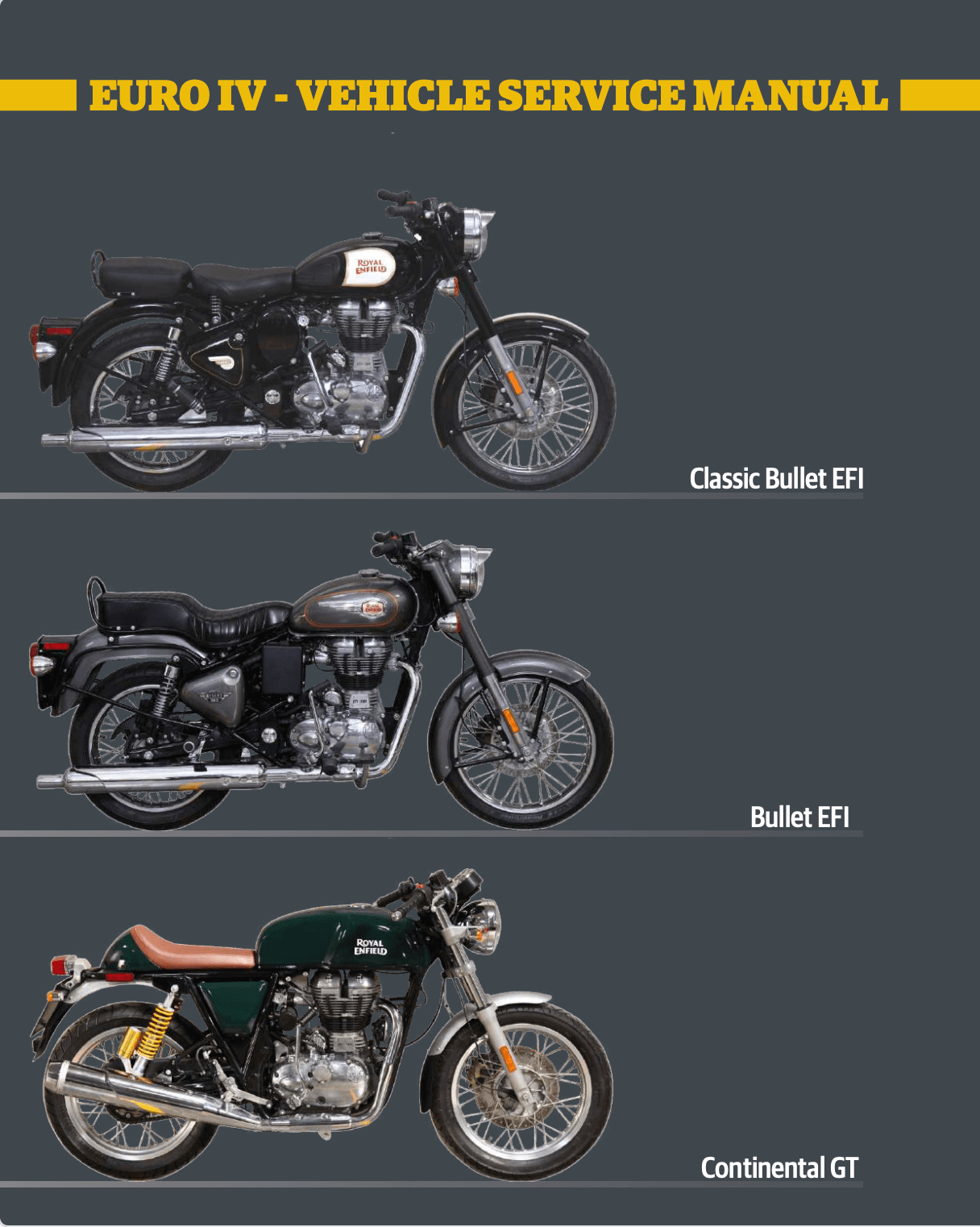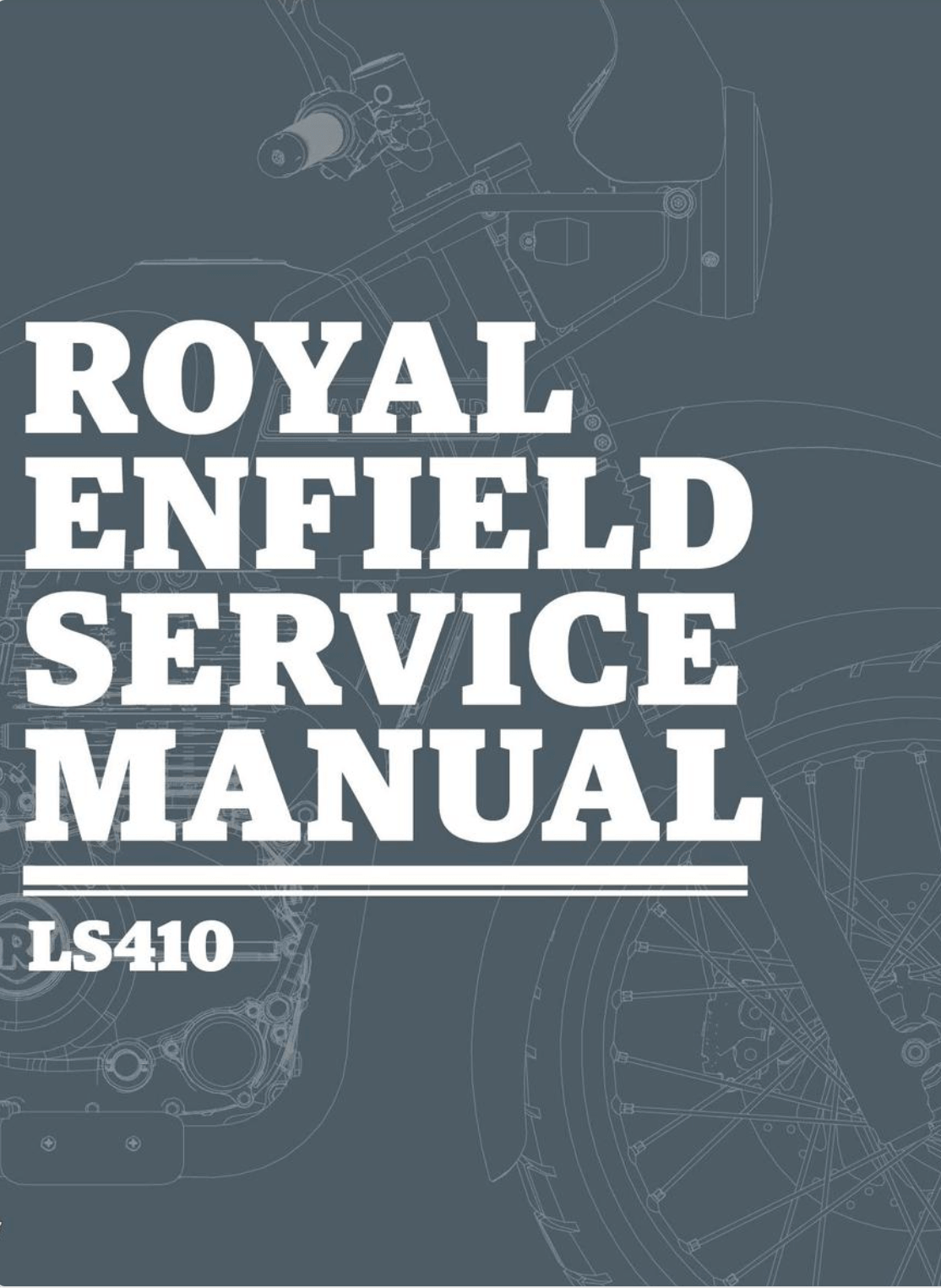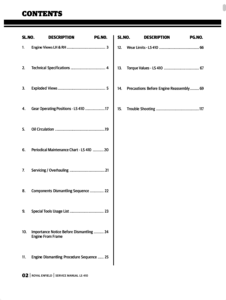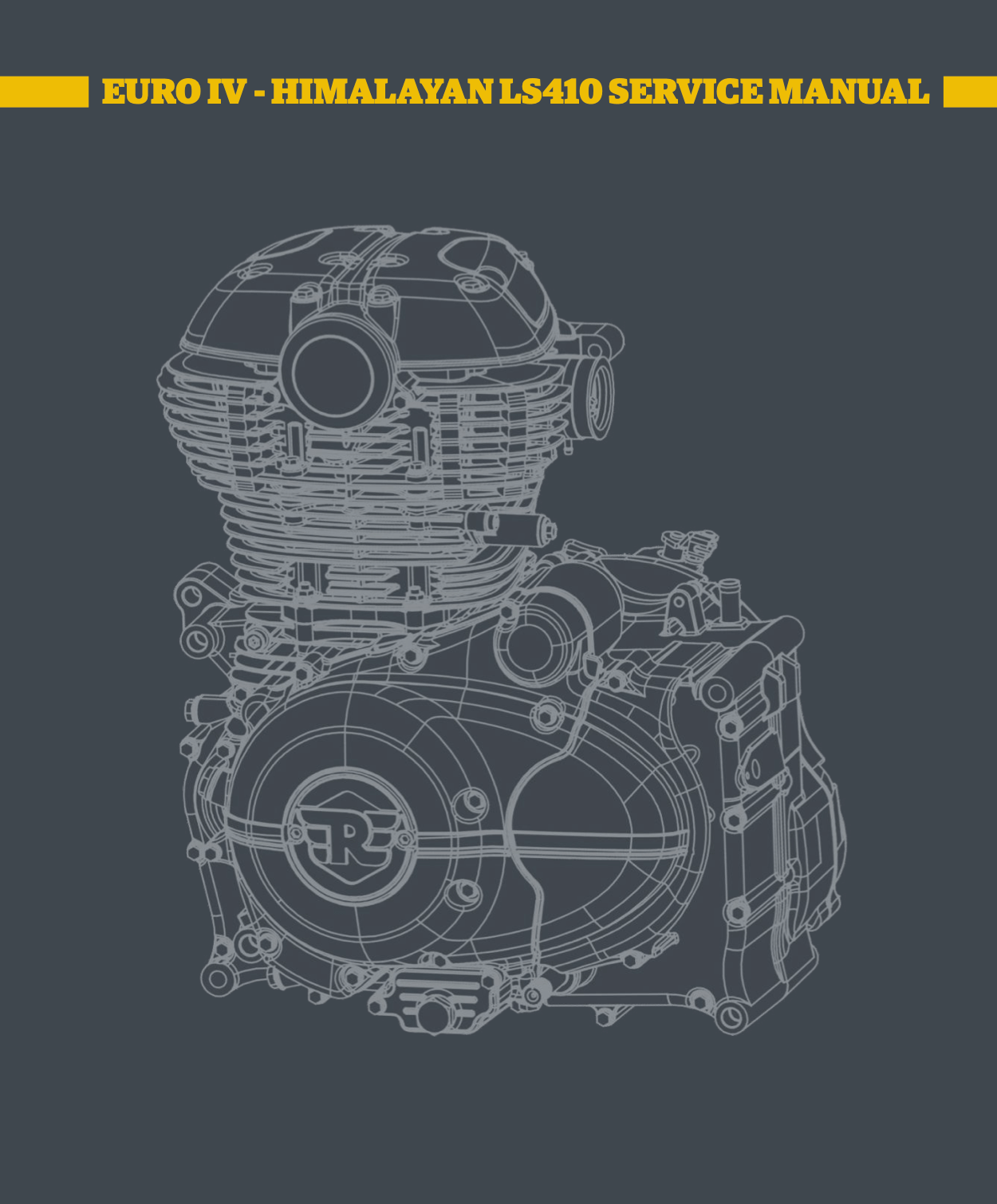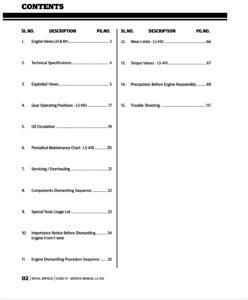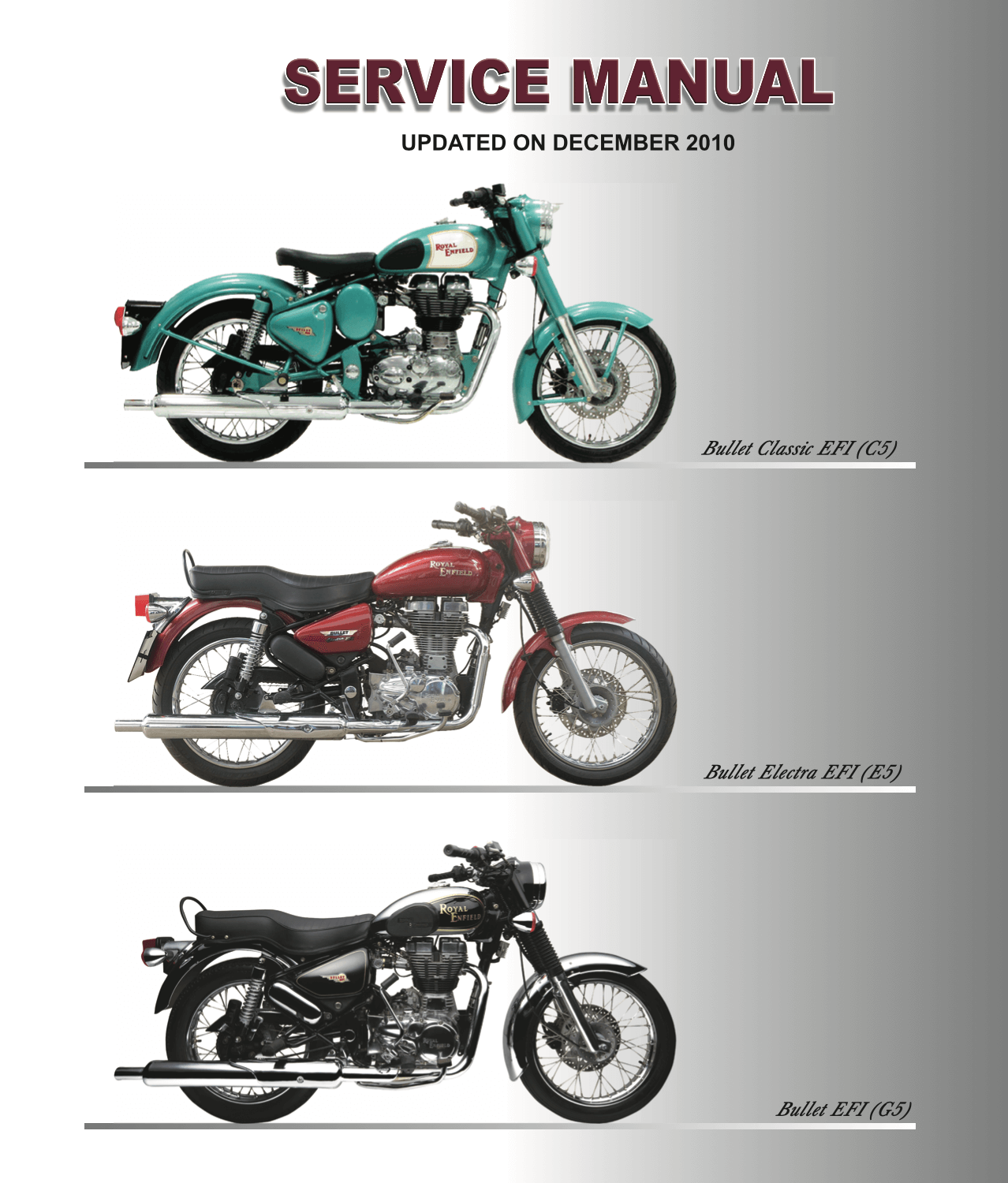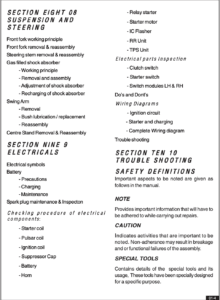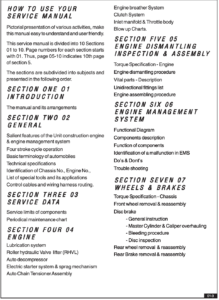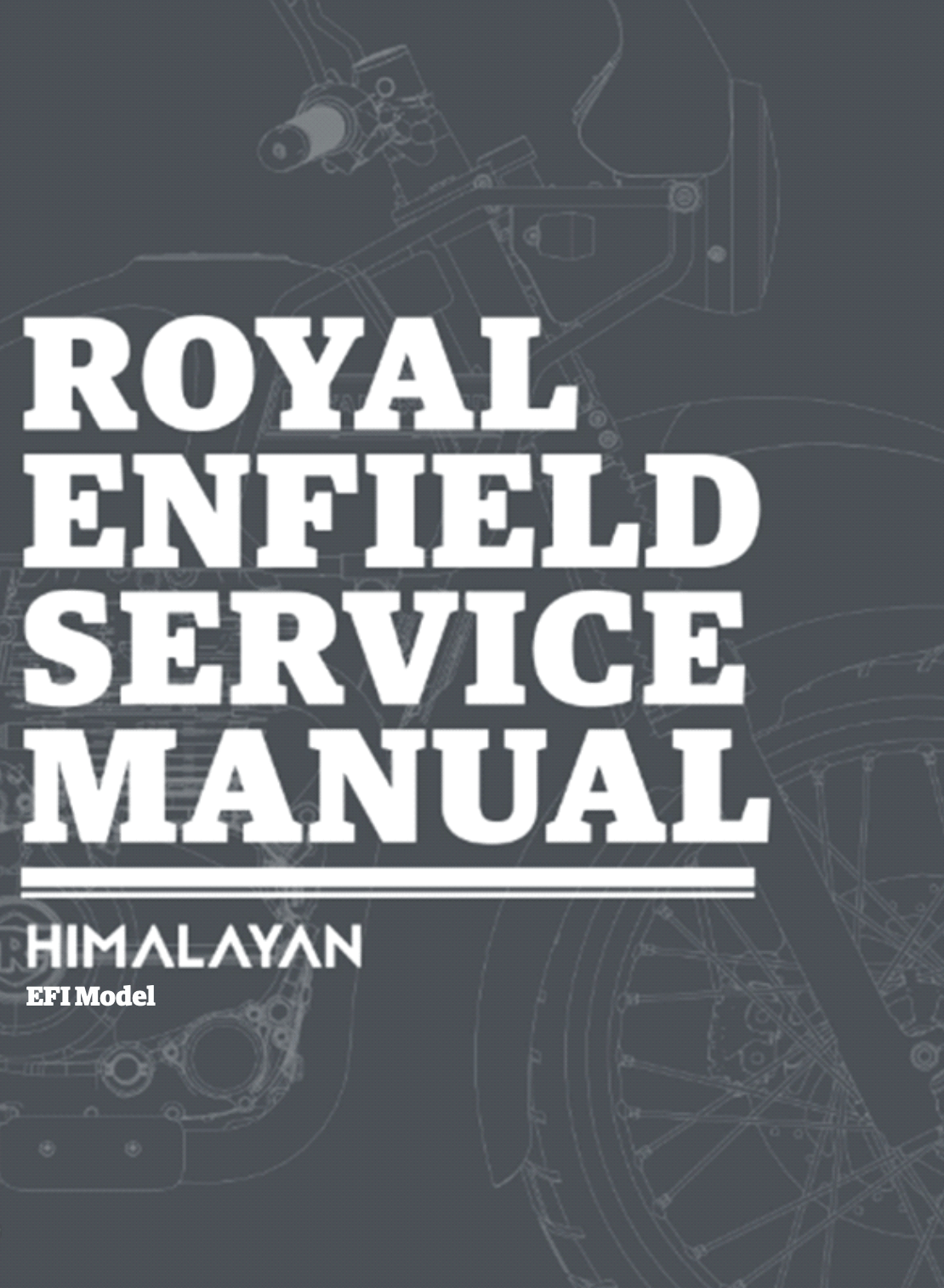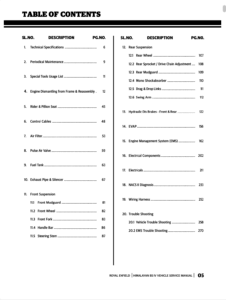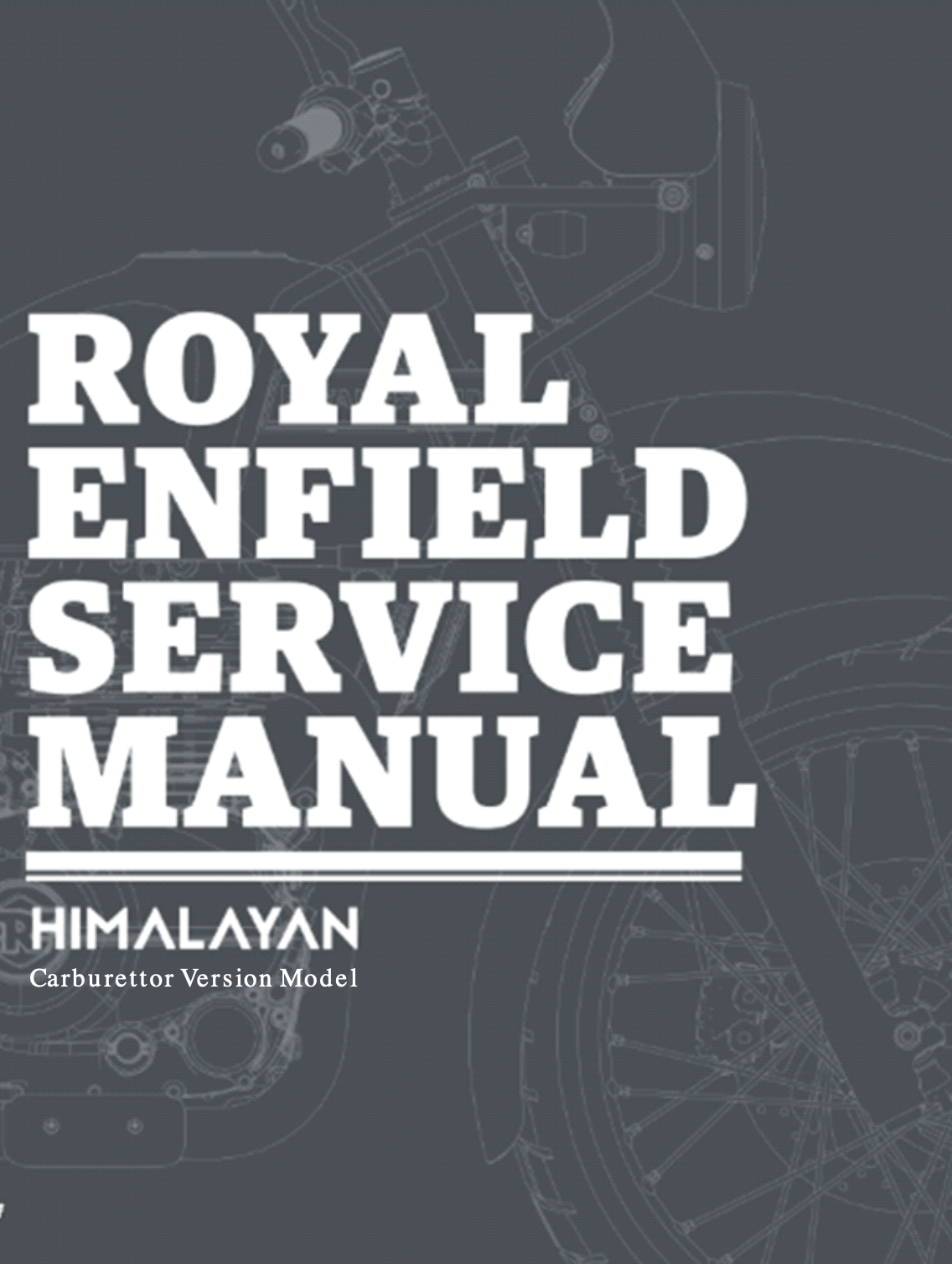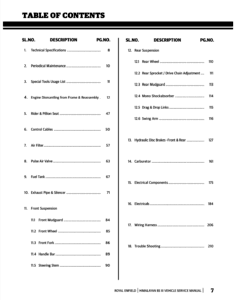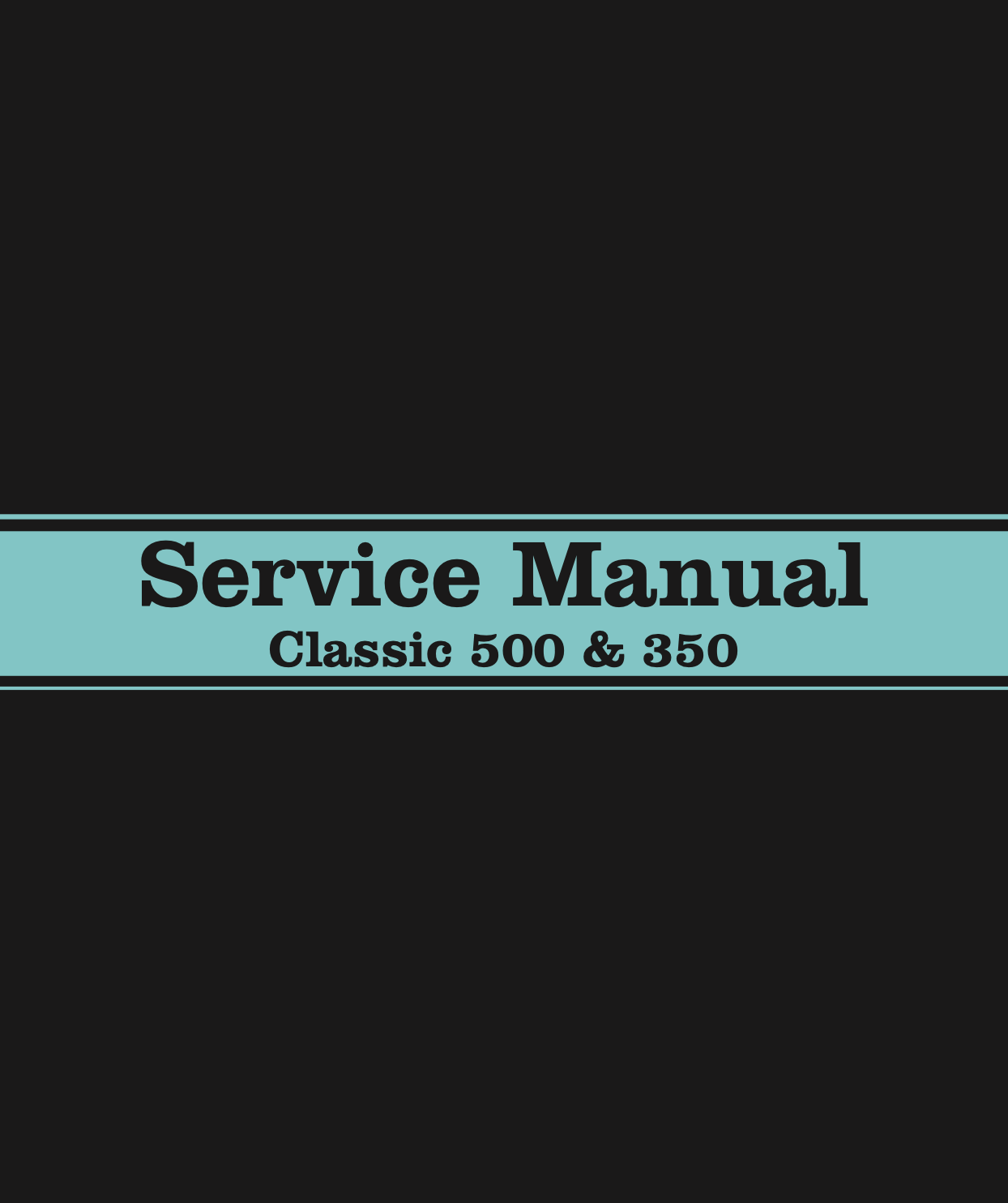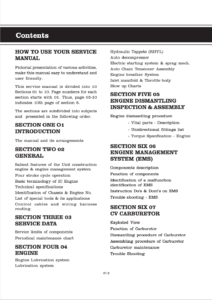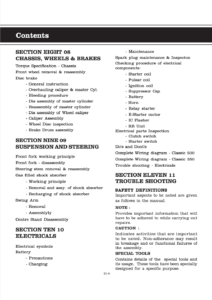Complete PDF version of the Service Manual for the Royal Enfield Bullet EFI Euro IV. A MUST for every Bullet Injection owner.
Download: Immediately after payment!
OEM Original factory workshop manual.
Models covered by this manual: 2017 to 2020
Number of pages: 301 pages
Table of contents:
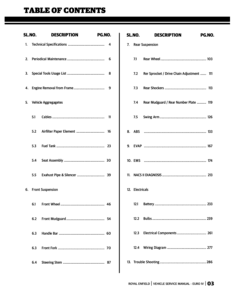
This PDF repair manual can be downloaded right after the payment process in complete, on the device of your choice.
We do not offer printed manuals, for the following reasons:
- it is more eco-friendly to use a digital version
- your manual never gets dirty or greasy
- you can always choose to print the specific page(s) you need to work on your bike
- you receive your manual immediately after payment
- it is searchable

Royal Enfield Bullet
The Royal Enfield Bullet was originally an overhead-valve single-cylinder four-stroke motorcycle manufactured by Royal Enfield in Redditch, Worcestershire, and is now manufactured by Royal Enfield (India) in Chennai, Tamil Nadu, a company founded by Madras Motors to manufacture Royal Enfield motorcycles in India. The Royal Enfield Bullet has the longest continuous manufacturing run of any motorbike, having been in production since 1948. The Bullet brand is much older, with 75 years of continuous manufacture. The names Royal Enfield and Bullet are derived from a British firm that worked as a subcontractor for the Royal Small Arms Factory in Enfield, London.
Since 2007
A new set of engines was launched as a consequence of years of work. These were the engines for unit construction (UCE). The 350 cc UCE was used in the domestic Thunderbird TwinSpark, with two sparkplugs per cylinder and an integrated 5-speed left-shift gearbox. It has never appeared on any Bullet model, indigenous or foreign. By 2011, the old cast-iron engine had been phased out altogether, including the Standard 350 variant. All Royal Enfield motorcycles are now only available with the all-aluminum UC engine.
The 500 cc UCE has a fuel injection system and more power than any other Royal Enfield 500 cc engine. The current Bullet Classic model is powered by a 500 cc UCE with an integrated five-speed transmission. Starting in 2009, this engine was only available in the EU to meet pollution rules, but it is now available in the US under two frame versions, the Bullet Classic C5, or the Bullet G5, which looks similar to and shares paneling with the previous AVL Electra models. The B5, a third export variant debuted in 2011, combined the newer 500 cc UCE engine with the classic Indian domestic tank and frame.
In 2017, Royal Enfield upgraded Bullet 500 vehicles with Euro 4 compliance, which includes front and rear ABS brakes and an improved pollution control system.
Royal Enfield has officially announced the end of manufacture of its 500cc engine. The majority of their sales come from 350cc models, while demand for 500cc models has begun to drop in Indian markets, particularly after the debut of the 650 twins. It will be phased out in India on March 31 because the Bharat Stage VI emission limits would render it unviable. Instead, for Indian markets, the business will enhance its 350cc motorbike lineup and push its 650cc motorcycles as its key export drivers.
Source: Wikipedia

